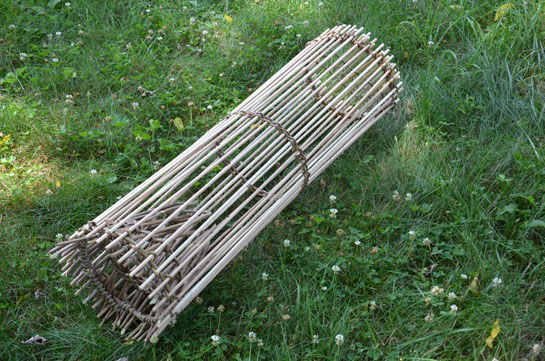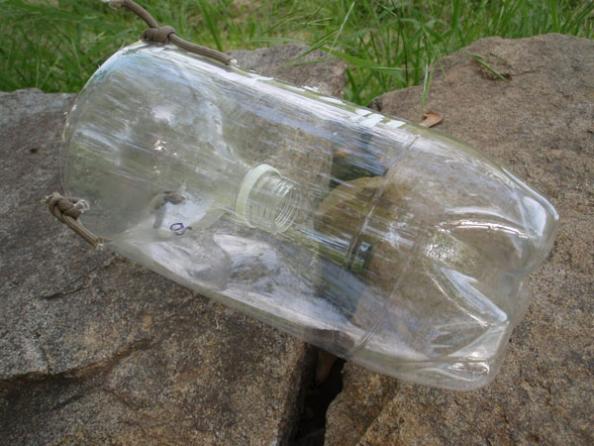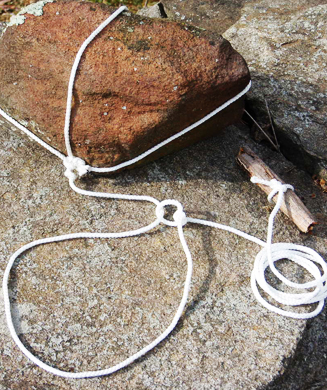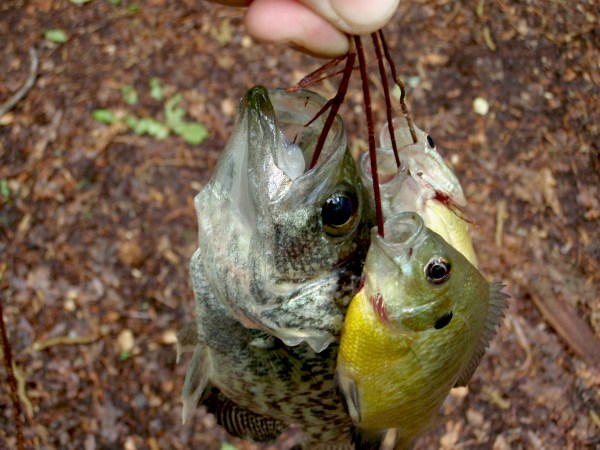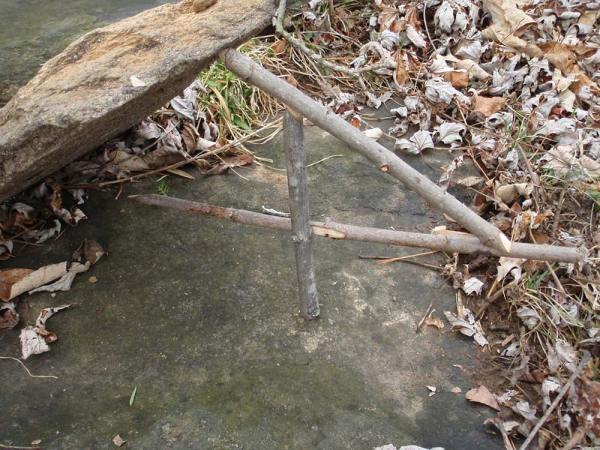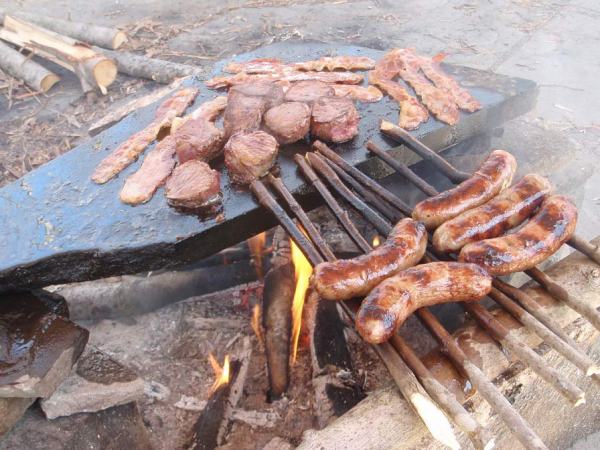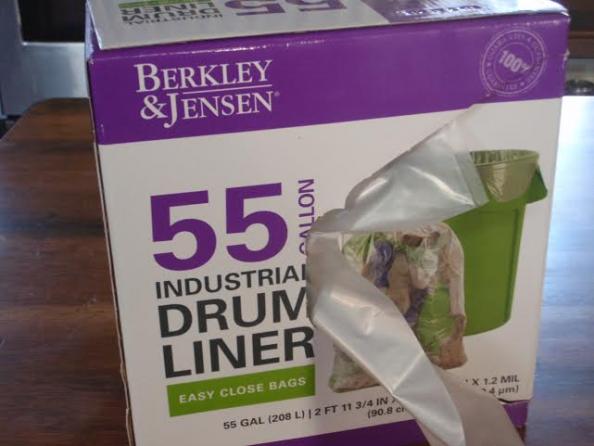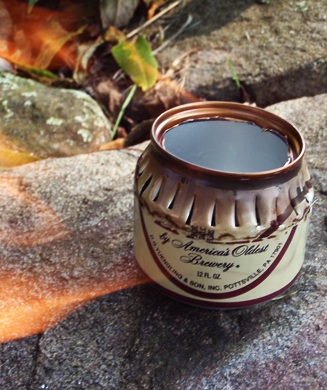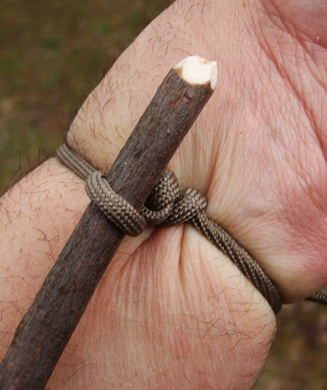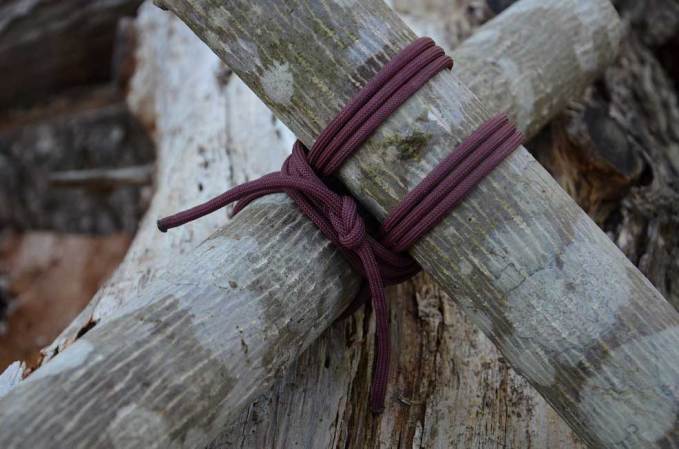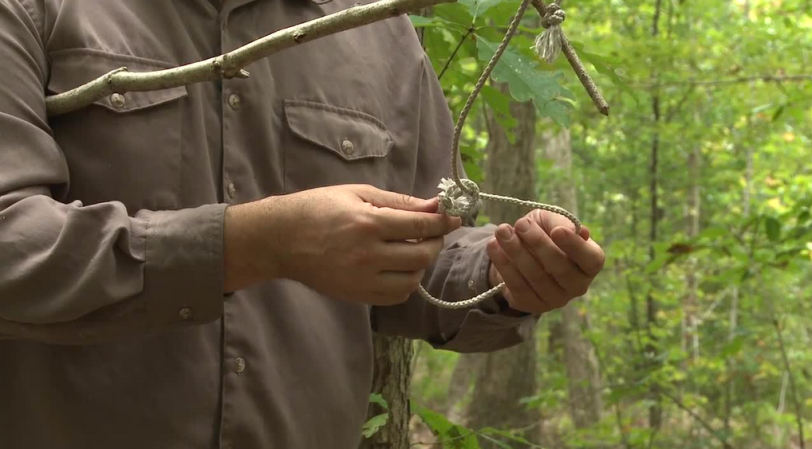Fish traps offer the fisherman many of the same rewards that terrestrial traps offer the hunter. Chief among them is the ability to catch something to eat while you’re not around. Given some time, some flexible vines, and a bundle of reeds or tree shoots, you too can build an “automatic fisherman” to bring in fish while you’re busy elsewhere. These traps can be worth a great deal to a starving survivor in a wilderness area. They can also help an angler collect some useful bait fish (where legal to do so). Here’s how to put together a simple fish trap at home.
1. Get The Materials
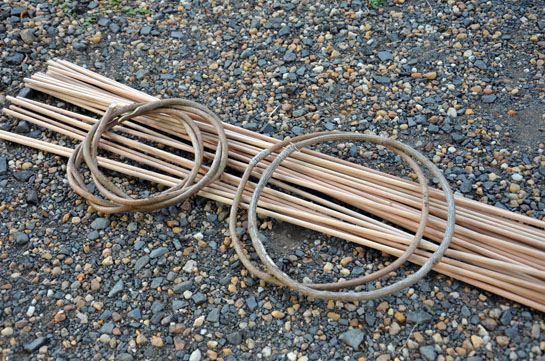
You’ll need a knife, a bundle of dowels or tree shoots (34 pieces, ¼ inch by 36 inches), and about 100 feet of flexible vine. Kudzu and wisteria runners are great choices. Cut them one week prior to when you want to do complete project to allow for drying and shrinkage. You’ll also need some strong string and some thicker cord.
2. Start The Shell
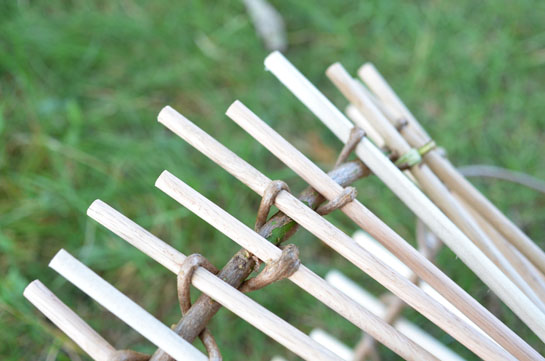
Take some sections of your thickest vine and tie together two hoops that are 9 to 10 inches in diameter. Use your strong string and tie it tightly. Even if basket weaving is not your strong suit, use the alternating wrap shown in the picture to connect all of your dowels around one of your hoops.
3. Finish The Shell
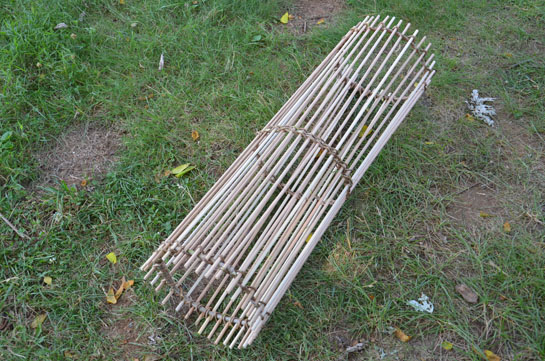
Repeat the process on the other end to create the cylindrical shell of the trap. Tuck in any loose vine ends to secure the weaving. If you’re not certain it will hold without unraveling, tie some cord around any questionable spots.
4. Plug the End
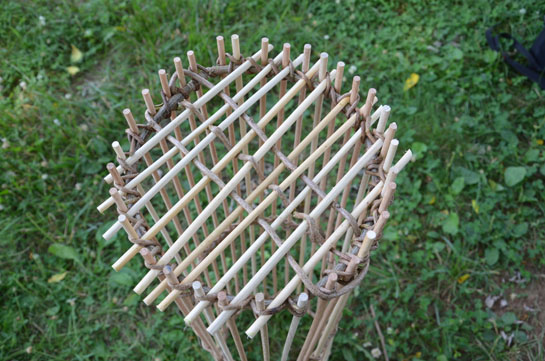
Time to make a decision: Either weave a plug for one end of the trap or build two funnels. For this trap, I plugged an end with a mesh of dowel and vine. Two funnels may get more fish into the trap, while a solid end may keep more fish in the trap. You’ll have to decide the best approach for your situation.
5. Build A Funnel
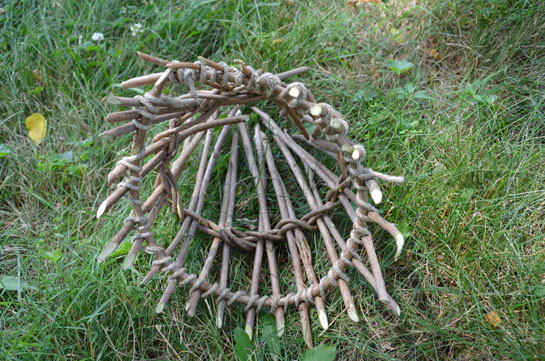
Creating a cone-shaped funnel is one of the last steps in building a functional trap. Use string and some short vine pieces to create the cone. Weave in some slender vines to make it stable. Use a variety of lengths in the cone’s “teeth” to make an irregular opening. This funnel should be tied in place after the trap is baited.
6. Baiting And Setting
Using a bit more string, tie some rotten meat inside the trap, near the center. If bait loss becomes a problem, typically due to small fish eating it and swimming through the cage, build a small box with the techniques and materials you used to make the trap. Place the bait in the box and place the box in the trap.
